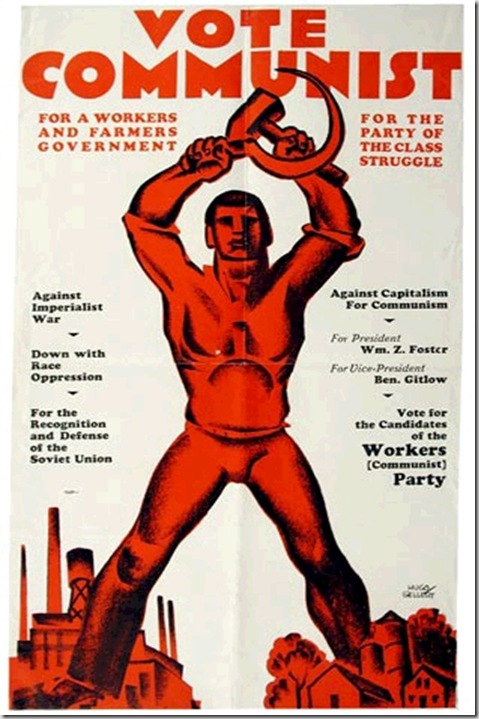 |
| Georges Clemenceau |
Georges Clemenceau was one of the most famous political figures in the Third French Republic and a major contributor to the Allied victory in World War I. He was born in 1841 in the small village of Mouilleron-enPareds in the Vendée, a region on the western coast of France. Trained as a doctor, he gave up the practice of medicine for a life in politics.
He began his career as mayor of Montmartre and in 1876 was elected to the Chamber of Deputies, where he identified with leftist causes and became a powerful figure in the Radical Party. A brilliant orator and a fiery critic of republicans in the Center and on the Right, he was instrumental in overthrowing many ministries, earning in the process the nickname "The Tiger." Implicated in the Panama Canal scandal, he lost his seat in the elections of 1893 and for the following nine years earned his living as a journalist.
Clemenceau was elected to the senate in 1902 and in 1906 served as interior minister in the Jean Sarrien cabinet. When Sarrien resigned in October 1906, Clemenceau formed his own cabinet, which endured until 1909.
  |
While in office he strengthened ties with Britain and Russia to counter Germany's growing challenge to France. At home he continued his predecessors' anticlerical policies and adopted a hard-line stance toward striking workers, alienating large sections of the political left.
A sudden no-confidence vote after a violent debate brought down the government in the summer of 1909. Clemenceau returned to the senate and spent the years prior to 1914 urging the buildup of France's armed forces. In 1913 he founded a newspaper so he could warn the country about the need to rearm.
When World War I broke out in August 1914 Clemenceau was disappointed that he was not recalled to the helm. After the stalemate set in on the western front he assailed the French High Command for its fruitless offensives and for failing to make adequate preparations at Verdun, the target of a German onslaught in 1916.
As 1917 wore on, the war was going badly for the Allies with the impending loss of Russia, a disastrous Italian defeat at Caporetto, and defeatism threatening both the military and civilian strength of France. In this particularly dark moment the president, Raymond Poincaré, called on the 76-year-old Clemenceau to form a government after the last one had fallen in November.
 |
| Council of Four at the WWI Paris peace conference, May 27, 1919 |
On taking office Clemenceau's single purpose was to win the war, subordinating all other considerations. He ended internecine fighting in the cabinet by selecting minor figures on whose loyalty he could depend. With the acquiescence of parliament he established a virtual dictatorship in order to prosecute the war more effectively. He cracked down on pacifists, defeatists, and traitors, anyone he considered uncommitted to total victory.
He secured greater control over the military; made frequent visits to the front, where he spoke not only to generals but to ordinary soldiers; and helped bring about a unified command. His unflinching style of waging war revived popular morale and was instrumental in helping the nation withstand the series of German hammer blows in the spring of 1918.
Clemenceau presided over the Paris Peace Conference in 1919, where he sought to punish and disarm Germany. It soon became apparent that Clemenceau's demands for France's security clashed with the postwar aims of Britain and the United States.
   |
Clemenceau fought hard to create a buffer state in the Rhineland under permanent French control but reluctantly gave up the idea on receiving an Anglo-American pledge of assistance in case Germany again attacked France.
What Clemenceau did not foresee was that the treaties would be repudiated by the U.S. Senate and Britain's parliament. Although the Versailles Treaty imposed harsh terms on Germany, Clemenceau was criticized by a sizable section of the French citizenry who considered it too lenient.
Clemenceau hoped to be elected president, a largely ceremonial post, when Poincaré's term expired in February 1920. Of all the candidates he seemed the most deserving in view of his wartime services. As it happened, the chamber and the senate rejected him in favor of the undistinguished Paul Deschanel. He resigned as premier the day after his defeat and left the senate as well. He died in 1929 and according to his wish was buried near his father at Colombier in his native Vendée.























